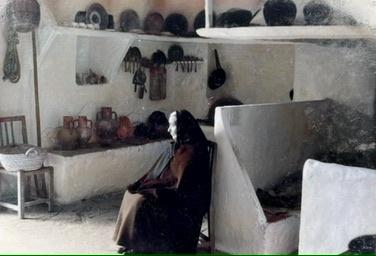What steps can gardeners take to amend heavy or clay soil to better suit fig tree growth in Mallorca?
Similar Topics
heavy soil amendment
clay soil drainage
fig tree growth
mallorca gardening
organic soil improvement
soil aeration techniques
mulching benefits
soil ph adjustment
Gardeners in Mallorca facing the challenge of heavy or clay soil can take several effective steps to improve soil conditions for fig tree cultivation. Clay soil, while nutrient-rich, tends to retain too much water and lacks proper drainage, which can lead to root rot and hinder fig growth. The first step involves enhancing soil structure by incorporating organic matter such as well-rotted compost, leaf mold, or aged manure. These materials help to break up the dense clay particles, improving aeration and allowing excess water to drain more freely, creating a healthier environment for fig roots.
In addition to organic amendments, gardeners might consider adding coarse sand or fine gravel to the soil to further enhance drainage. This physical modification prevents waterlogging and encourages roots to spread out and absorb nutrients efficiently. It is also advisable to work the amendments thoroughly into the top 12 to 18 inches of soil, ensuring a uniform mix that benefits the entire root zone. Over time, repeated additions of organic material will develop a loamier soil texture that better suits the fig tree's needs.
Mulching around the base of the fig tree with straw, bark chips, or similar materials not only conserves moisture during Mallorca’s hot summers but also gradually improves soil quality as it decomposes. Gardeners should also be mindful of soil pH; figs prefer slightly acidic to neutral soil conditions, so if tests reveal extreme pH levels, adjustments with lime or sulfur may be necessary. Finally, selecting a planting site with slight elevation or installing raised beds can help prevent water accumulation, especially during the wetter months, providing a safer and more stable environment for fig tree development in the region’s characteristic clay soils.
In addition to organic amendments, gardeners might consider adding coarse sand or fine gravel to the soil to further enhance drainage. This physical modification prevents waterlogging and encourages roots to spread out and absorb nutrients efficiently. It is also advisable to work the amendments thoroughly into the top 12 to 18 inches of soil, ensuring a uniform mix that benefits the entire root zone. Over time, repeated additions of organic material will develop a loamier soil texture that better suits the fig tree's needs.
Mulching around the base of the fig tree with straw, bark chips, or similar materials not only conserves moisture during Mallorca’s hot summers but also gradually improves soil quality as it decomposes. Gardeners should also be mindful of soil pH; figs prefer slightly acidic to neutral soil conditions, so if tests reveal extreme pH levels, adjustments with lime or sulfur may be necessary. Finally, selecting a planting site with slight elevation or installing raised beds can help prevent water accumulation, especially during the wetter months, providing a safer and more stable environment for fig tree development in the region’s characteristic clay soils.
🧩 Related Questions
Related Question
What role did traditional herbal remedies play in Mallorca’s healthcare before modern medicine was introduced?
Related Question
In what ways do Christmas markets in Mallorca differ from regular shopping areas throughout the year?
Related Question
How does improper initial heat affect the lifespan and performance of different pans?
